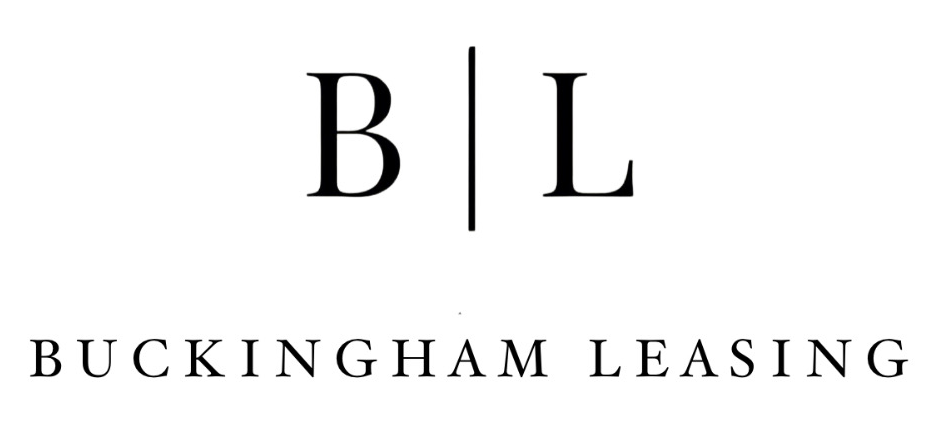What’s Coming in the Autumn Budget 2025: What Businesses Need to Know


The Autumn Budget is set for 26 November 2025, and all eyes are on Chancellor Rachel Reeves as she prepares her second major fiscal statement. With borrowing still high, inflation proving stubborn, and growth flatlining, the government faces one of the toughest balancing acts in years.
Reeves has signalled her intention to build extra “headroom” into the public finances — essentially a buffer against market shocks and bond volatility. But that means finding new ways to raise revenue without breaking key pledges on tax.
So, what can businesses expect — and how might it affect you?
What Are the Likely Changes?
1. Freezing Tax Thresholds
While the government has promised not to increase headline income tax or National Insurance rates, freezing thresholds remains a simple way to raise revenue. This “fiscal drag” effect quietly pushes more people and businesses into higher tax bands, even if their real earnings haven’t increased.
2. Business Rates Reform
Pressure is mounting for reform. Relief for small and local businesses — especially in retail, hospitality, and leisure — looks likely. The government is also reviewing how rateable values are calculated, with new lower multipliers for properties under £500,000 expected.
Trade bodies have warned that without meaningful change, tens of thousands of small shops and community businesses could struggle to survive.
3. Targeted Tax Rises, Not Blanket Increases
Instead of raising VAT or income tax across the board, the Treasury is expected to focus on indirect taxes: environmental levies, property-based taxes, or tightening of existing reliefs. It’s a way to raise funds while claiming to keep core rates stable.
4. Support for Working People and High-Cost Sectors
With living costs still under pressure, the Budget is expected to include targeted reliefs — particularly for energy, fuel, and essential inputs. Sectors with high operating costs such as agriculture, manufacturing, and hospitality may see grants or allowances encouraging investment in greener, more efficient equipment.
5. Fiscal Discipline and Spending Control
After a summer of market jitters, the Treasury has made clear that fiscal discipline is the priority. Reeves reportedly plans to maintain a strong buffer to guard against global economic shocks, even if that means keeping public spending tight in the short term.
The Institute for Fiscal Studies has warned against quick fixes, urging the government to focus on sustainable growth rather than short-term revenue grabs.
What It Might Mean for Your Business
For SMEs, farm businesses, and local enterprises, the Autumn Budget could bring both challenges and opportunities:
Frozen thresholds will mean higher effective tax bills, even without rate rises.
Rates reform may bring relief for smaller or rural properties — but larger industrial or R&D sites could face significant increases.
Indirect tax pressure (fuel, carbon, and other levies) could squeeze already tight margins.
Capital and investment reliefs could make equipment upgrades or sustainability investments more attractive.
Flexibility is key — locking into rigid finance structures could make businesses vulnerable if costs rise again in early 2026.
What to Do Now
Review your assumptions on inflation, tax, and rates — small tweaks could make a big difference.
Delay non-urgent purchases until after the Budget if potential incentives or allowances could apply.
Ensure your finance agreements allow flexibility for refinancing or payment restructuring.
Speak to your accountant or finance partner about upcoming capital allowance changes or sustainability-linked incentives.
Keep an eye on business rates announcements — draft multipliers for 2026/27 will be confirmed soon.
Our View
This year’s Autumn Budget is shaping up to be one of the most consequential in recent memory. The Chancellor must balance economic credibility with the need to support growth — a difficult task in the current climate.
For businesses, the winners will be those that stay agile: protecting liquidity, planning for multiple scenarios, and using finance smartly to spread costs and preserve cash flow.
At Buckingham Leasing, we’ll be watching the Budget closely — helping clients adapt quickly, capture available reliefs, and structure finance so that any changes work for your business, not against it.
